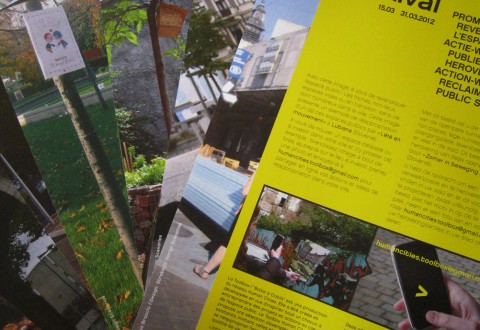
One of the most important outcomes of the previous Human Cities festival in 2012/ Reclaiming public space was the development of a Toolbox. The Toolbox is a collection of tools or toolkits, developed to let people take action in their cities or neighbourhoods. The Toolbox was conceived under the direction of Politecnico di Milano and Cité du Design and coordinated by Strategic Design Scenarios.
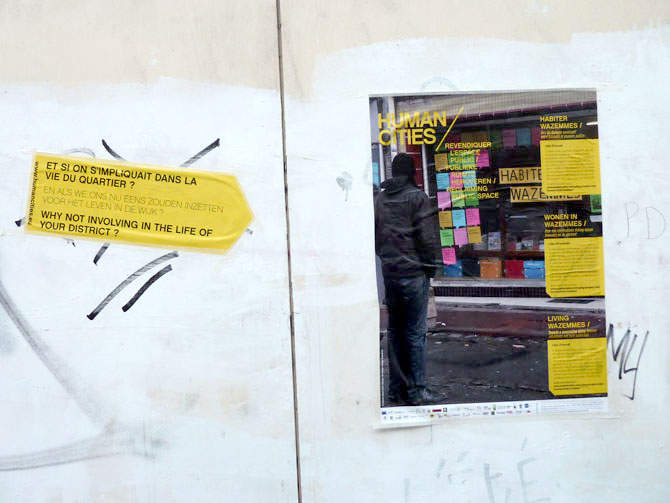
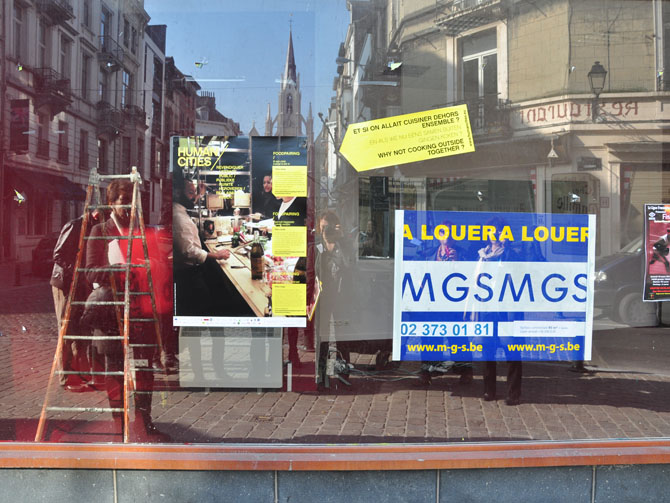 [caption id="attachment_1609" align="aligncenter" width="670"]
[caption id="attachment_1609" align="aligncenter" width="670"]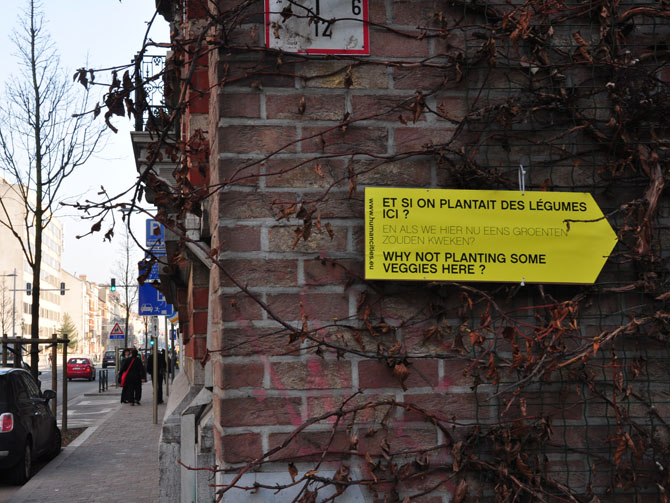 Human Cities calling for action during the ACTION-WALK.[/caption]
In Brussels during the Human City Festival the dissemination of the Toolbox took place. With three different tools of the Toolbox injected dreams into citizens how to reclaim these places back: The Human City Toolbox Blog, retraced the entire content of the Toolbox, Action Walk, physically represented the Toolbox in the streets of Brussels & Picture Yourself, enabled citizens to activate their streets. The tools or toolkits, like Jardins Ephémères & Adopt a Tree, that gave a breathe of life into neglected urban spaces through gardening, or Skate Park, an urban place for sliding designed by and for skaters, were the selected projects, actions or cases created in the workshops.
[caption id="attachment_1613" align="aligncenter" width="860"]
Human Cities calling for action during the ACTION-WALK.[/caption]
In Brussels during the Human City Festival the dissemination of the Toolbox took place. With three different tools of the Toolbox injected dreams into citizens how to reclaim these places back: The Human City Toolbox Blog, retraced the entire content of the Toolbox, Action Walk, physically represented the Toolbox in the streets of Brussels & Picture Yourself, enabled citizens to activate their streets. The tools or toolkits, like Jardins Ephémères & Adopt a Tree, that gave a breathe of life into neglected urban spaces through gardening, or Skate Park, an urban place for sliding designed by and for skaters, were the selected projects, actions or cases created in the workshops.
[caption id="attachment_1613" align="aligncenter" width="860"]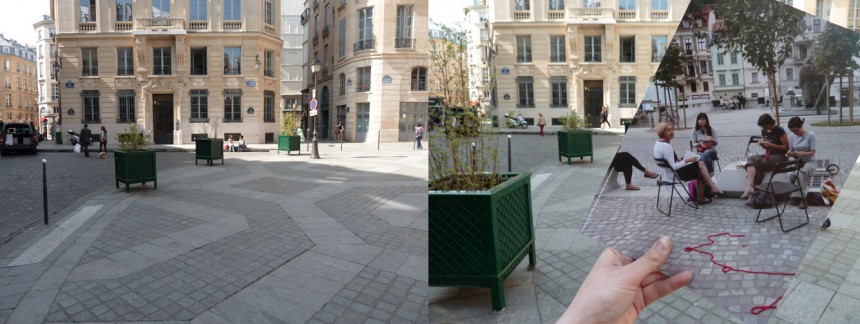 Illustration of the suggestive methodology of the Picture Yourself toolkit.[/caption]
The different tools and toolkits outlined in the Human Cities Toolbox allow us to have a wide overview on the diversity of the initiatives and therefore cover multiple dimensions to adapt to more situations regarding public space. For example, some of the initiatives have been realised and developed entirely by citizens or artists, while others have been realised by involving municipalities or public authorities in the process. Some of the initiatives are temporary projects, and others are long term projects. The examples in the Toolbox are by no means exhaustive; it can only be improved through as many examples and contributions as possible.
More detailed info of the Toolbox can be found on page 16-21 of Civil Society Reclaims Public Space.
Illustration of the suggestive methodology of the Picture Yourself toolkit.[/caption]
The different tools and toolkits outlined in the Human Cities Toolbox allow us to have a wide overview on the diversity of the initiatives and therefore cover multiple dimensions to adapt to more situations regarding public space. For example, some of the initiatives have been realised and developed entirely by citizens or artists, while others have been realised by involving municipalities or public authorities in the process. Some of the initiatives are temporary projects, and others are long term projects. The examples in the Toolbox are by no means exhaustive; it can only be improved through as many examples and contributions as possible.
More detailed info of the Toolbox can be found on page 16-21 of Civil Society Reclaims Public Space.